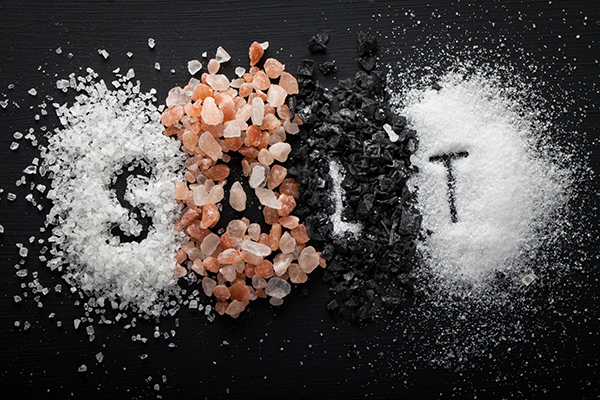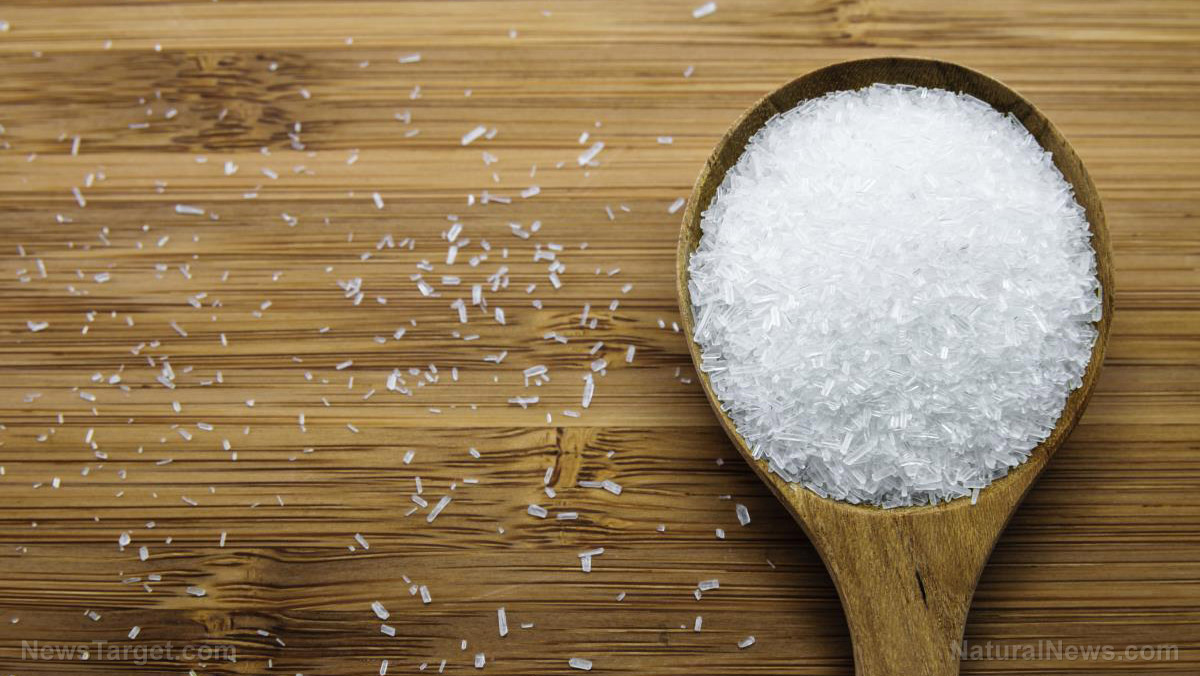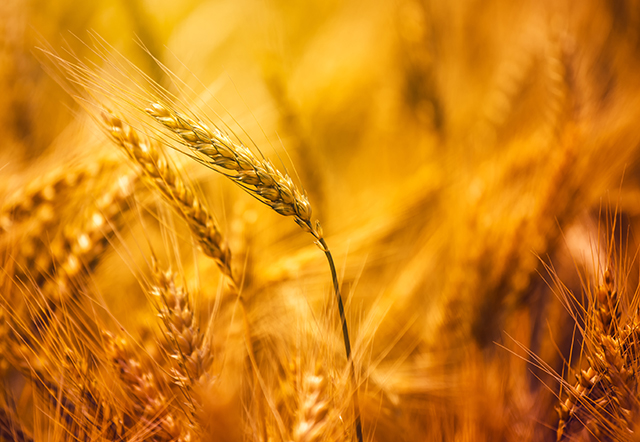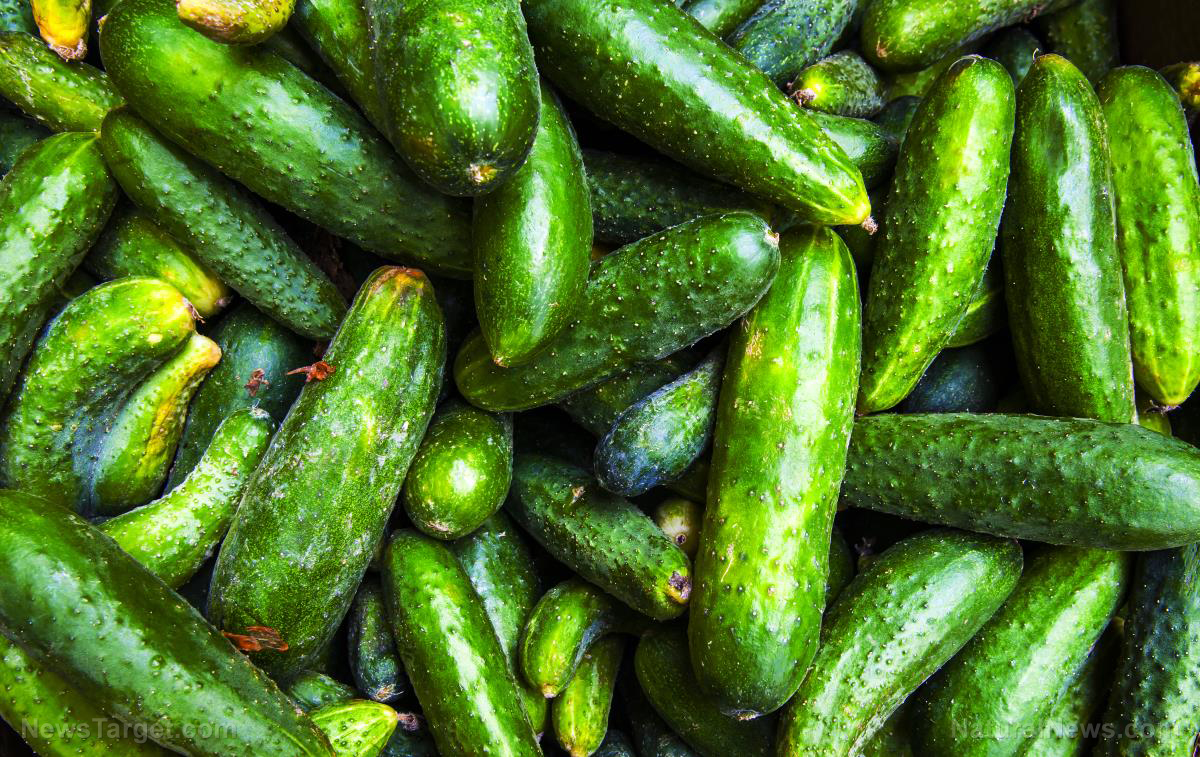Turmeric: The golden spice that supports wellness
05/20/2025 / By Ava Grace
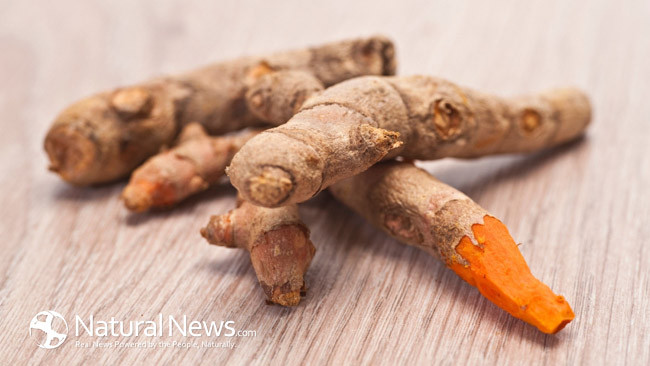
- Turmeric, or Curcuma longa, originated in the Indian subcontinent and Southeast Asia and has been used for over 4,000 years. It played a key role in Ayurvedic Medicine and was later introduced to Europe and the Americas through trade. India remains the largest producer of turmeric, contributing over 80 percent of global turmeric production.
- Turmeric’s primary bioactive compound, curcumin, has anti-inflammatory, antioxidant, antimicrobial and anticancer properties. It can help manage conditions like arthritis, digestive disorders, cardiovascular issues, cognitive decline and cancer.
- Turmeric is used in traditional remedies, such as herbal teas, golden milk and topical pastes for wound healing and skin conditions. Today, it is also available in the form of capsules, tinctures and extracts for easy daily use.
- A staple in curry powders, turmeric adds vibrant color and an earthy flavor to dishes like curries, dals and stir-fries. It is also used to make beverages, desserts and snacks, showcasing its culinary versatility.
- Commonly known as “Indian saffron,” turmeric has a bright orange-yellow hue, an earthy taste and a warm aroma. It holds cultural significance in traditions like Indian weddings and is referred to by various names across cultures.
Turmeric, scientifically known as Curcuma longa, is a vibrant golden-yellow rhizome that has been revered for centuries as a culinary staple and a medicinal powerhouse. A member of the ginger family, this perennial herbaceous plant thrives in the warm, humid climates of the Indian subcontinent and Southeast Asia. With its rich history, potent phytonutrients and versatile applications, turmeric has earned its place as a cornerstone of holistic health and wellness.
Brief history of turmeric
Turmeric’s story begins over 4,000 years ago in the ancient civilizations of India and Southeast Asia. Archaeological evidence suggests that turmeric had been used in the Indus Valley as early as 2,500 BCE as a natural dye, a spice and a healing herb. By 500 BCE, it had become a key component of Ayurvedic Medicine, one of the world’s oldest holistic healing systems. (Related: Turmeric: Better than aspirin for heart disease prevention?.)
Turmeric’s journey extended beyond Asia when Arab traders introduced it to Europe in the 13th century. By the 18th century, turmeric had made its way to the Americas, where it became a staple in Caribbean and Latin American cuisines. Today, India remains the largest producer and consumer of turmeric, accounting for over 80 percent of global production. Turmeric thrives in regions with temperatures between 20 and 30 C and high annual rainfall, making the tropical climates of India, Bangladesh and Indonesia ideal for its cultivation.
Turmeric’s bright orange-yellow hue is unmistakable, earning it the nickname “Indian saffron.” Its earthy, slightly bitter taste and warm, peppery aroma make it a unique addition to dishes. The rhizome itself is knobby and irregular in shape, resembling ginger but with a more intense color.
Turmeric is known by various names across cultures, reflecting its widespread use and significance. In Hindi, it is called haldi, a term often associated with its use in traditional Indian weddings, where a paste of turmeric is applied to the bride and groom’s skin to impart a radiant glow. In Tamil, it is called manjal, while in Sanskrit, it is known as haridra. These names underscore turmeric’s deep-rooted cultural and spiritual importance.
Science behind turmeric’s healing power
Turmeric’s therapeutic properties stem from its rich array of phytonutrients, the most notable of which is curcumin. A polyphenol, curcumin is responsible for turmeric’s vibrant color and many of its health benefits. Other bioactive compounds in turmeric include turmerones and antioxidants like flavonoids and phenolic acids.
Research shows that curcumin possesses potent anti-inflammatory, antioxidant, antimicrobial and anticancer properties. These attributes make turmeric a valuable ally in preventing and managing a wide range of conditions, including:
- Inflammation and joint pain – Curcumin’s anti-inflammatory effects can help alleviate symptoms of arthritis, osteoarthritis and other inflammatory conditions.
- Digestive disorders – Turmeric can stimulate bile production, aiding digestion and reducing symptoms of bloating and indigestion.
- Cardiovascular issues – Curcumin improves endothelial function, reduces oxidative stress and helps lower LDL cholesterol, supporting heart health.
- Cognitive issues – Studies suggest that curcumin can protect against neurodegenerative diseases like Alzheimer’s disease by reducing brain inflammation and amyloid plaque buildup.
- Cancer – Curcumin’s antioxidant properties can help neutralize free radicals and inhibit the growth of cancer cells.
Turmeric’s versatility as a healing herb is unmatched. In traditional medicine, it is often consumed as a tea, mixed into warm milk (known as “golden milk”) or applied topically as a paste to treat wounds, skin conditions and inflammation. Modern wellness practices have embraced turmeric in the form of capsules, tinctures and extracts, making it easier to incorporate into daily routines.
One popular anecdote from Ayurvedic tradition involves the use of turmeric paste to treat cuts and burns. Curcumin’s antimicrobial properties not only prevent infection but also promote faster healing. Similarly, turmeric-infused teas are often recommended for soothing sore throats and boosting immunity during cold and flu season.
Culinary delights featuring turmeric
Turmeric’s culinary applications are as diverse as its medicinal uses. It is a key ingredient in curry powders, lending its vibrant color and earthy flavor to dishes like chicken curry, lentil dal and vegetable stir-fries. Beyond savory dishes, turmeric can be found in beverages, desserts and even snacks.
Here are a few recipe ideas to inspire your culinary adventures:
- Golden milk latte – A comforting blend of turmeric, milk (or plant-based alternatives), honey and spices like cinnamon and ginger.
- Turmeric roasted cauliflower – A flavorful side dish featuring cauliflower florets tossed with turmeric, olive oil and garlic.
- Turmeric and ginger tea – A soothing beverage perfect for cold winter days and for aiding post-meal digestion.
- Turmeric-spiced rice – A fragrant rice dish infused with turmeric, cumin and cardamom.
- Turmeric smoothie bowl – A vibrant breakfast option combining turmeric, mango, banana and coconut milk.
Turmeric’s journey from ancient healing herb to modern superfood is a testament to its enduring value. Its rich history, potent phytonutrients and versatile applications make it a true gem of the natural world. Whether used to spice up a meal, soothe an ailment or simply add a splash of color to your day, turmeric continues to shine as a golden beacon of wellness.
This story is not medical advice and is not intended to treat or cure any disease. Always consult with a qualified naturopathic physician for personalized advice about your specific health situation or concern.
For more fascinating insights into superfoods and their natural wonders, visit NaturalNews.com. It’s a treasure trove of articles that will deepen your understanding of the healing power of food.
If you’re into cutting-edge technology with a health twist, try Brighteon.ai. Created by Mike Adams, the Health Ranger, this AI model is a free download that you can run on your own device. It’s all about sharing knowledge freely and bypassing the filters of censorship.
If you’re looking for a place to openly discuss everything from nutrition to natural remedies without any holds barred, check out Brighteon.com and our free speech social media platforms, Brighteon.IO and Brighteon.social, where the conversation is always lively and uncensored.
Watch this video about how turmeric works on the immune system.
This video is from the What is Happening channel on Brighteon.com.
More related stories:
Turmeric: How the golden spice stood the test of time.
Turmeric: One of the world’s most powerful superfoods.
Turmeric from Bangladesh sometimes contains lead-laced chemical compounds, study finds.
Turmeric may be the key to preventing diseases caused by antibiotic-resistant bacteria.
Sources include:
Submit a correction >>
Tagged Under:
alternative medicine, curcumin, food cures, food is medicine, food science, grocery cures, health science, herbal medicine, Herbs, holistic healing, natural cures, natural health, natural medicine, Naturopathy, organics, phytonutrients, plant medicine, remedies, turmeric
This article may contain statements that reflect the opinion of the author







